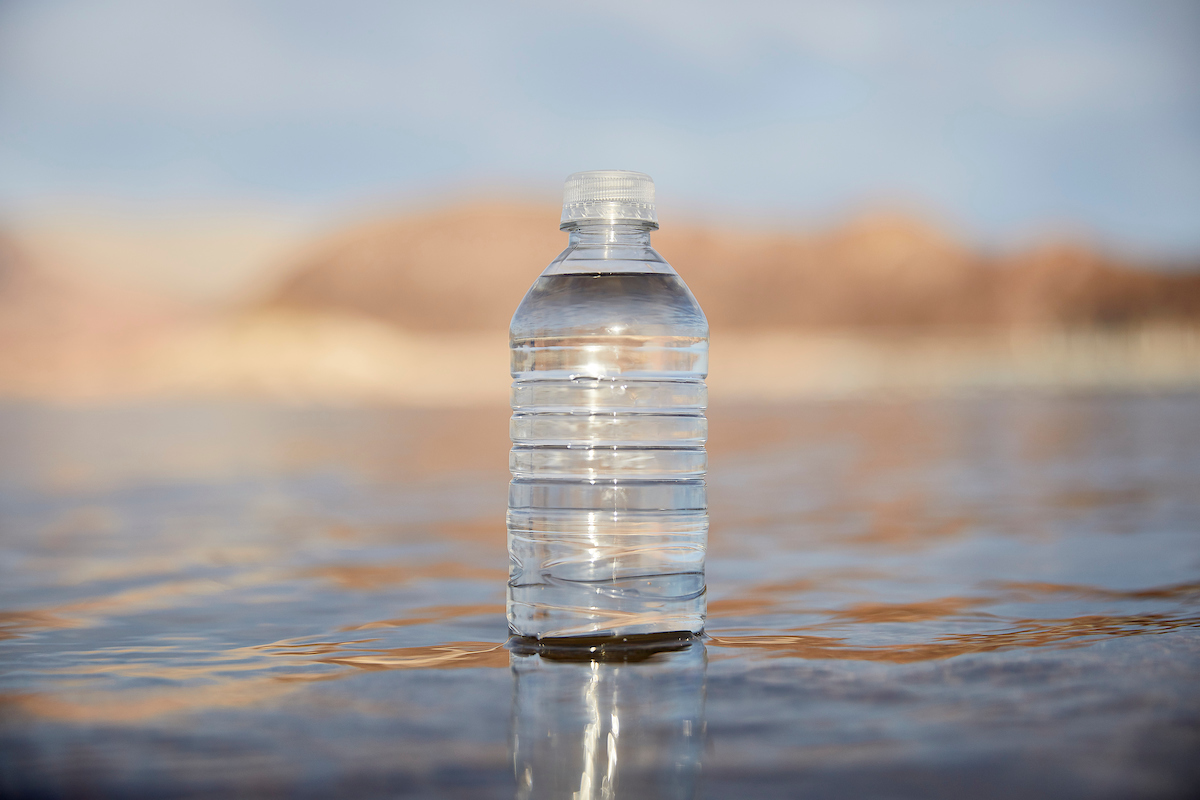The study, recently published in the Journal of Environmental Economics and Management, found that Las Vegas Valley residential water use soared during the pandemic, outpacing even combined pre-pandemic usage across Southern Nevada’s three main property types (residential, commercial, and schools).
That may not seem surprising, considering the intense focus on precautionary public health measures such as sheltering in place and frequent hand washing during the pandemic. But given drought conditions brought on by the already-meager water levels within Lake Mead and its Colorado River tributary, a team of UNLV economists says the data has potentially dire implications.
As more companies and institutions opt for business and educational learning models that embrace the pandemic’s reliance on virtual connections, researchers say the increase in hybrid or completely remote work and school environments might strengthen the strain on the region’s water resources. They called on government leaders to implement better infrastructure or water conservation processes to accommodate the prospect of people spending even more time at home.
“While intuitive, these results are important as it highlights the potential effects of a permanent shift toward remote working, even post-COVID-19, that may potentially strain water resources in areas already facing scarcity,” the authors wrote. “Such a strain on water resources, especially in the Western United States, will likely pose additional challenges as people begin to relocate away from the coasts to the interior of the country.”
The study, jointly authored by UNLV Lee Business School economics professors Nicholas Irwin, Ian McDonough, and Shawn McCoy, is the first publication that convincingly estimates the impact of the COVID-19 pandemic on water usage across property types.
The team examined residential, commercial, and school customer bills from the Henderson Water District — the Las Vegas Valley’s second-largest municipality and a microcosm of the larger multi-state region that draws water from the Colorado River — from 2017 through September 30, 2020. Residential users comprise 98% of Henderson’s total user base.
Aggregated across all users, the Silver State’s stay-at-home order led to an increase in net water usage between 32 to 59 million gallons over the first 30 days, findings show. Five months after the lockdown, these aggregate effects increased to approximately 491 million gallons of extra water consumed each month.
Nearly 90% of the Las Vegas Valley’s water is drawn from Nevada’s portion of Colorado River water rights, which entitles the state to 300,000 acre-feet (97.76 billion gallons) per year. This water allocation was assigned in 1922, when Nevada’s population was just about 80,000 — less than 3% of its current population of 3.1 million residents.
Census estimates show that Idaho, Arizona, Nevada, and Utah are the top four Western states with the largest population increases from 2019 to 2020. Except for Idaho, all of them source water from the Colorado River — along with New Mexico, Wyoming, California, and Colorado.
The strain on water resources is multifold. For example, California Gov. Gavin Newsom recently asked all state residents — including those who operate industrial commercial and agricultural businesses — to voluntarily reduce their water usage by 15%, and the Southern Nevada Water Authority has been lobbying state lawmakers to enact water conservation measures such as the prohibition of water-intensive decorative turf within medians, along roads, and in business parks.
“Given the condition of Lake Mead and the observation that many are still continuing to work from home, we think there are significant and broader implications for policymakers on regional and national scales,” researchers said.
“Policymakers in states facing such shortages must be cognizant of the effects from more and more corporations allowing workers to permanently shift towards remote work and increases in population from residential mobility, all of which may require renewed efforts to encourage water conservation,” they said. “Without adjusting their water consumption habits or preferences in moving from water-rich to water-poor parts of the United States – i.e. installing low-flow and/or highly efficient home appliances or converting landscaping to drought-tolerant species – the added pressures of this increased population may serve as a tipping point into severe water restrictions if not mitigated.”


